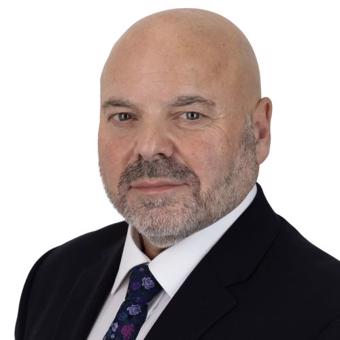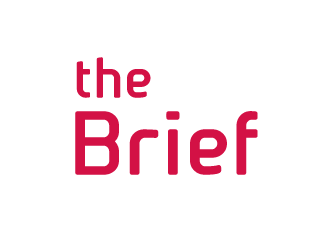Mark Levine – director of BCL Legal and head of the in-house department - discusses the pros and cons of the flat fee scheme after attending DLA’s WIN seminar....
One of the aspects I enjoy most about being an in-house legal recruiter is meeting some of the country’s most influential and experienced lawyers and learning from them. I am always interested in personal development so was delighted to attend an event staged by DLA Piper on the ‘pros and cons of the flat fee’. The seminar took place at the firm’s office on Noble Street in London and was part of its WIN (What In-house Lawyers Need) series.
The panel constituted general counsel from some of the largest UK companies including; Joel Hanson - GC and Company Secretary at Thames Water, Robin Saphra- GC at Colt Group S.A. and Caroline Stockwell - Assistant GC at Pfizer UK as well as Bonella Ramsay from DLA Piper.
The topic of flat fees has been heavily debated many times over the years and Mark O’Conor, partner and London head of the IP and Technology Group at DLA Piper, began by summarising the results from a recent survey of in-house counsel in Australia and New Zealand. The survey highlighted that only 4% thought that the practice of billing using the hourly rate was best practice yet a massive 85% of the same group still received their legal advice and fees via this route. These numbers are not surprising but do make for interesting reading.
Mark continued by setting out the reason for hourly billing and the connection to how law firms set their budgets - which in turn has a direct impact on a law firm’s pricing model. The formula looks something like this: Number of fee earners x chargeable hours x hourly rate x write off = expected budget.
I think an observation made by Robin Saphra really got to the nub of the problem an early stage of the proceedings when he contested Mark’s use of the term ‘fee earners’ for private practice lawyers. Of course he is right, as this term has connotations of people just out to make money…... A more appropriate ‘label’ - Robin suggested - should be ‘value generators’.
A healthy discussion ensued with the panel highlighting the different ways in which their organisation had gone about implementing a flat fee structure.
After listening to the panel’s experience it seems to me that as much as you can try and commoditise legal services via a flat fee it is just not always possible to predict what may happen with a piece of work.. The business world is a variable beast and can throw up challenges at every touch and turn. If you work with this system then the service received may not be fluid and could, potentially, result in a less proactive approach.
Having said that, it was clear from the panel that when the correct fixed fee instrument is in place it can lead to a closer working relationship for both parties -which can only be a good thing. No-one could dispute that law firms need to make money but perhaps the fee should be determined by how well the law firm managed the work, as opposed to how many hours it took them to do it.
The discussions on the day also centred on the fact that all parties must agree and buy into the chosen billing system. It needs to be a collaborative relationship that is built on trust, respect and understanding so the private practice team becomes an extension of the in-house counsel’s department. There is no one size fits all answer – it needs to be adapted. It seems to me that this can only be gained over time and therefore when setting up a panel for fixed fee work it favours those law firms already known to the business.
Focusing on procurement it was important to keep in mind that effective legal support can make or break a business so if procurement is involved then there must be an understanding that cost should not be the only driver. A firm that is watching the clock may not be as effective as one which is not.
The final thought for the day was that when the flat fee system works then it can be a WIN WIN situation for both parties but realistic expectations and solid communication must be kept at the forefront at all times.









